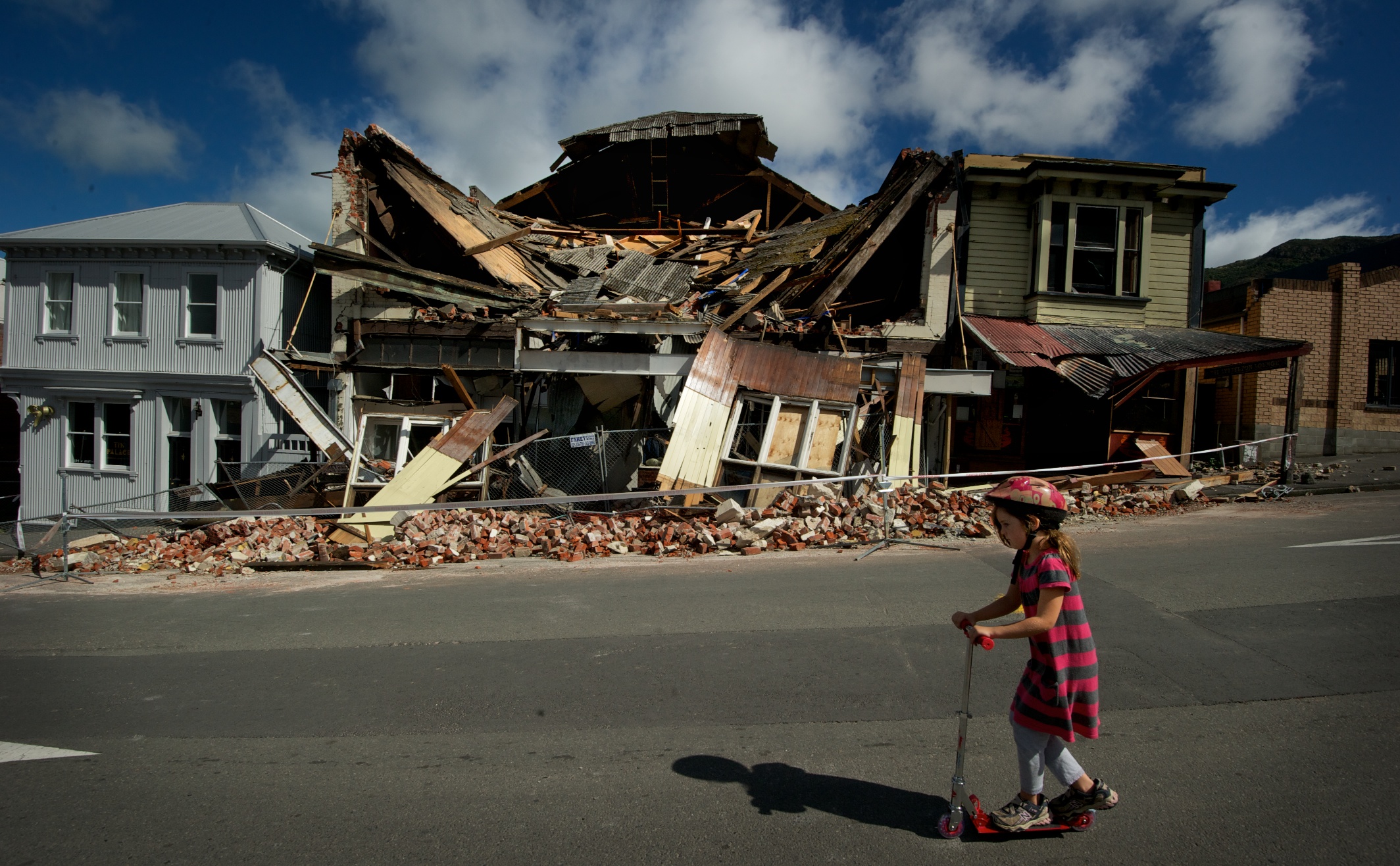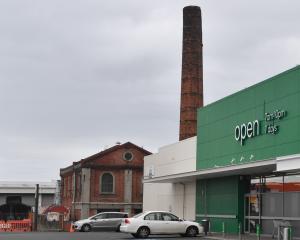Despite major redevelopment work and regeneration, empty lots and makeshift car parks still dot the urban landscape.
A new study by researchers at the University of Auckland is shedding some light on why vacancies still remain.
In the journal article, Challenges in post-earthquake recovery of damaged and neglected buildings in Christchurch CBD, Associate Professor Olga Filippova and her co-authors say that despite the need to move ahead with the city’s regeneration, their research shows Christchurch City Council is limited in its legal powers to deal with unoccupied sites and buildings in poor states of repair (barrier sites).
Although the Building Act should govern this problem, it does not do so adequately.
"Our review identifies gaps in the regulatory powers to act on these sites, which are a barrier to the regeneration of the central city," Filippova said.
"Taking action involves meeting difficult definitions and tests under legislation and sometimes looking towards court proceedings.
Filippova said the majority of barrier site owners have completed or are progressing on the rebuild. However, a minority of owners are delaying progress on their sites.

Filippova said this should be combined with a comprehensive survey of the local governments’ current recovery management capabilities.
The researchers also say valuable rebuild opportunities were missed early on while the cordon around the city centre was in place.
"In hindsight, the Crown should have exercised its powers to freeze or limit construction activity in the commercial sector outside of the central business district," Filippova said.
"This would have stopped developers on the periphery of the city centre and nearby suburbs acting to meet newly created demand from the displaced central city’s prime tenants, such as financial services and law firms."
Delays in removing the cordon around the central city, and uncertainties about a number of public sector projects that were supposed to encourage investment in the city, led to the loss of private investment and forced central city developments to compete with more affordable commercial and residential offerings outside the CBD, said Filippova.













